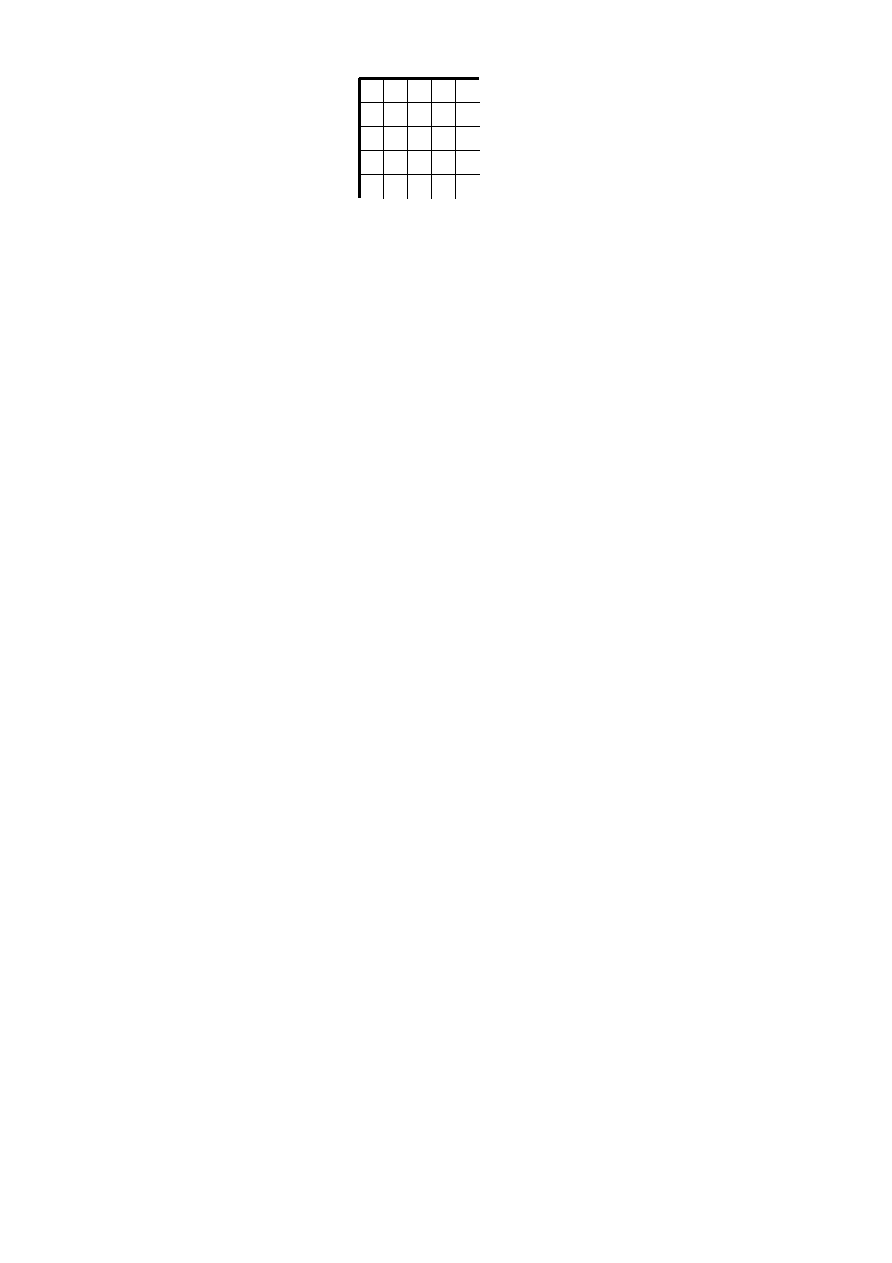
by one or more bits prior to the lossless coding. This achieves higher compression than the lossless process (but lower
compression than the DCT-based processes for equivalent visual fidelity), and limits the reconstructed image's worst-case
sample error to the amount of input precision reduction.
DCT-based, progressive DCT-based, lossless, and hierarchical. (Implementations are not required to provide all of
these.) The lossless mode of operation was described in 4.4. The other modes of operation are compared as follows.
entropy encoding, all 64 of its quantized DCT coefficients can be immediately entropy encoded and output as part of the
compressed image data (as was described in 4.3), thereby minimizing coefficient storage requirements.
between the quantizer and the entropy encoder. As each block is transformed by the forward DCT and quantized, its
coefficients are stored in the buffer. The DCT coefficients in the buffer are then partially encoded in each of multiple
scans. The typical sequence of image presentation at the output of the decoder for sequential versus progressive modes of
operation is shown in Figure 9.
only a specified band of coefficients from the zig-zag sequence need be encoded. This procedure is called spectral
selection, because each band typically contains coefficients which occupy a lower or higher part of the frequency spectrum
for that 8
In subsequent scans, the less significant bits are then encoded. This procedure is called successive approximation. Either
procedure may be used separately, or they may be mixed in flexible combinations.
components which are usually needed for prediction in subsequent frames. Except for the first frame for a given
component, differential frames encode the difference between source components and reference reconstructed
components. The coding of the differences may be done using only DCT-based processes, only lossless processes, or
DCT-based processes with a final lossless process for each component. Downsampling and upsampling filters may be
used to provide a pyramid of spatial resolutions as shown in Figure 10. Alternatively, the hierarchical mode can be used to
improve the quality of the reconstructed components at a given spatial resolution.
environments which have multi-resolution requirements. Hierarchical mode also offers the capability of progressive
coding to a final lossless stage.